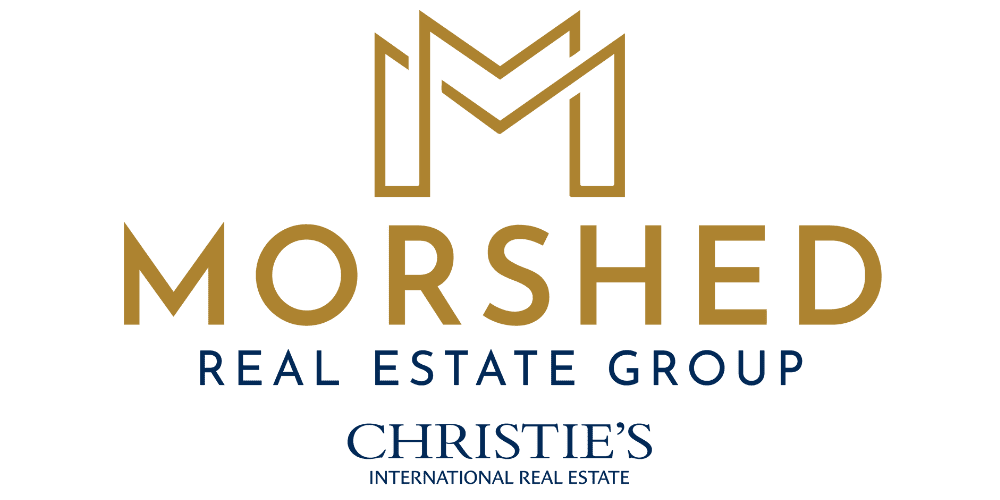April 22, 2021 – 2 Minute Read
Austin’s in-migration rates are soaring, largely driven by younger generations drawn to the city’s vibrant culture and booming job market. The launch of Project Connect further enhances Austin’s appeal by significantly improving urban mobility through expanded light rail systems. This infrastructural evolution presents a lucrative opportunity for real estate investors to capitalize on the growing demand for accessible housing. Strategically locating affordable properties along these new transit routes can yield substantial returns as more people move to areas with convenient transportation options.
This influx of new residents is transforming Austin into an even more dynamic urban hub. The city’s commitment to expanding public transportation with Project Connect is expected to alleviate some traffic congestion, making the city more accessible and attractive to a wider demographic. For real estate investors, this means that areas near light rail stations are likely to see an increase in property values and rental demand.
Moreover, Austin’s continuous efforts to enhance its infrastructure and public amenities align with the preferences of millennials and Gen Zers, who favor walkability, public transit availability, and sustainable living conditions. These attributes make the city not just a place to work, but also a place to live comfortably and enjoy a high quality of life. Investing in properties that offer these conveniences could be particularly profitable as more young professionals and families choose Austin as their home.
Additionally, Austin’s cultural richness, from its live music scene to its culinary diversity, adds layers of attraction that are hard to find elsewhere. This cultural vibrancy, coupled with a relatively lower cost of living than other major tech hubs like San Francisco and New York, makes Austin an irresistible magnet for young talent. The city’s educational institutions and startup ecosystem also contribute to its reputation as a center for innovation and entrepreneurship.
Real estate investors looking to make the most of Austin’s population boom should consider the long-term implications of urban planning and development projects like Project Connect. Properties in proximity to planned transport expansions not only promise immediate benefits from increased rental yields but also offer long-term capital gains as the neighborhoods around these hubs develop and thrive.
In conclusion, Austin’s strategic urban developments and cultural appeal are reshaping its real estate landscape, making it a hotspot for investment. By focusing on areas affected by Project Connect and other urban improvements, investors can position themselves advantageously in a market characterized by rapid growth and transformation.
Read more on Austin Business Journal or download the PDF file HERE.
